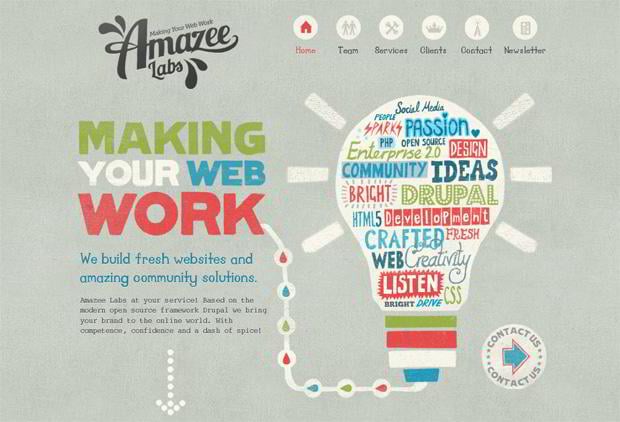The Impact Of Color On Customer Experience In Internet Advancement
The Impact Of Color On Customer Experience In Internet Advancement
Blog Article
Created By-Hyldgaard Wood
Harness the power of color psychology in site layout to enhance individual interaction and perception. Shades set off emotions, communicate messages, and influence just how individuals analyze your site. They influence habits and decision-making, so choose intelligently. Recommended Web-site develop urgency, while cooler tones generate leisure. Contrasting shades aid highlight key elements. Colors shape your brand name identification, reinforcing acknowledgment and connection with your target market. By lining up shades with your brand name values and considering your target audience's preferences, you can develop a visually appealing and mentally powerful internet site. Your internet site's color scheme can make a substantial distinction in just how customers regard and interact with your brand name.
Importance of Color Psychology
Comprehending the relevance of shade psychology is essential for producing impactful and engaging website layouts that reverberate with your target market. Colors have the power to stimulate feelings, communicate messages, and impact perceptions. By strategically selecting the right colors for your website, you can enhance the general user experience and leave a lasting impression.
Color psychology plays an important role in shaping the assumption of your brand. Different colors have special organizations and significances affixed to them. For Visit Home Page , blue is commonly related to trust and professionalism and reliability, while red can evoke feelings of enjoyment or urgency. By aligning the colors on your website with your brand values and messaging, you can establish a strong visual identification that draws in and keeps users.
Moreover, shade selections can impact individual actions and decision-making. Research studies have revealed that specific colors can influence how individuals perceive info and connect with a site. By comprehending the psychological results of shades, you can create a website that overviews individuals in the direction of specific actions, such as buying or enrolling in a newsletter.
Impact on Customer Habits
Shade selections in website design can straight affect how individuals act and interact with the content provided. When individuals visit an internet site, the colors used can stimulate certain feelings and reactions that affect their browsing experience. As an example, warm colors like red and orange can produce a feeling of necessity or excitement, prompting individuals to take action promptly. On the other hand, trendy shades such as blue and environment-friendly often tend to have a relaxing effect, suitable for advertising leisure or count on.
Using contrasting https://dallashcxql.answerblogs.com/30047825/boost-the-effectiveness-of-your-site-by-utilizing-on-page-seo-techniques-that-can-raise-your-online-visibility-and-engage-your-target-audience can draw attention to crucial aspects on a web page, guiding users in the direction of details areas like switches or calls to action. Similarly, a well-balanced color design can enhance readability and navigating, making it easier for users to find information and engage with the material. By tactically incorporating colors that line up with your website's function and target audience, you can properly affect individual behavior and enhance general interaction.
Enhancing Brand Identity
To develop a strong and identifiable brand name identity via internet site style, consider exactly how shade options can play an essential role in shaping how individuals perceive and get in touch with your brand. Shades evoke feelings and organizations, making them powerful devices for communicating your brand name's values and individuality. Consistency in shade use across your internet site can aid enhance brand name recognition and create a cohesive visual identity.
When picking shades for your website, think of how different tones line up with your brand name's message. For example, blue typically represents trustworthiness and expertise, while environment-friendly can stimulate feelings of growth and eco-friendliness. By incorporating these color significances tactically, you can improve your brand's picture and connect with users on a subconscious degree.
Bear in mind that color psychology isn't one-size-fits-all; it's vital to consider your target market's preferences and social distinctions when selecting colors. By leveraging the psychology of color in your web site style, you can enhance your brand identification and leave a lasting impression on visitors.
Conclusion
As you navigate the large sea of sites, bear in mind the power of shade psychology directing your every click. Like a painter with a combination, developers craft on the internet experiences that stimulate emotions and shape assumptions.
From calming blues to dynamic reds, each color plays a vital duty in capturing your focus and influencing your activities. So next time you surf the internet, take a minute to appreciate the creativity behind the colors that surround you.
